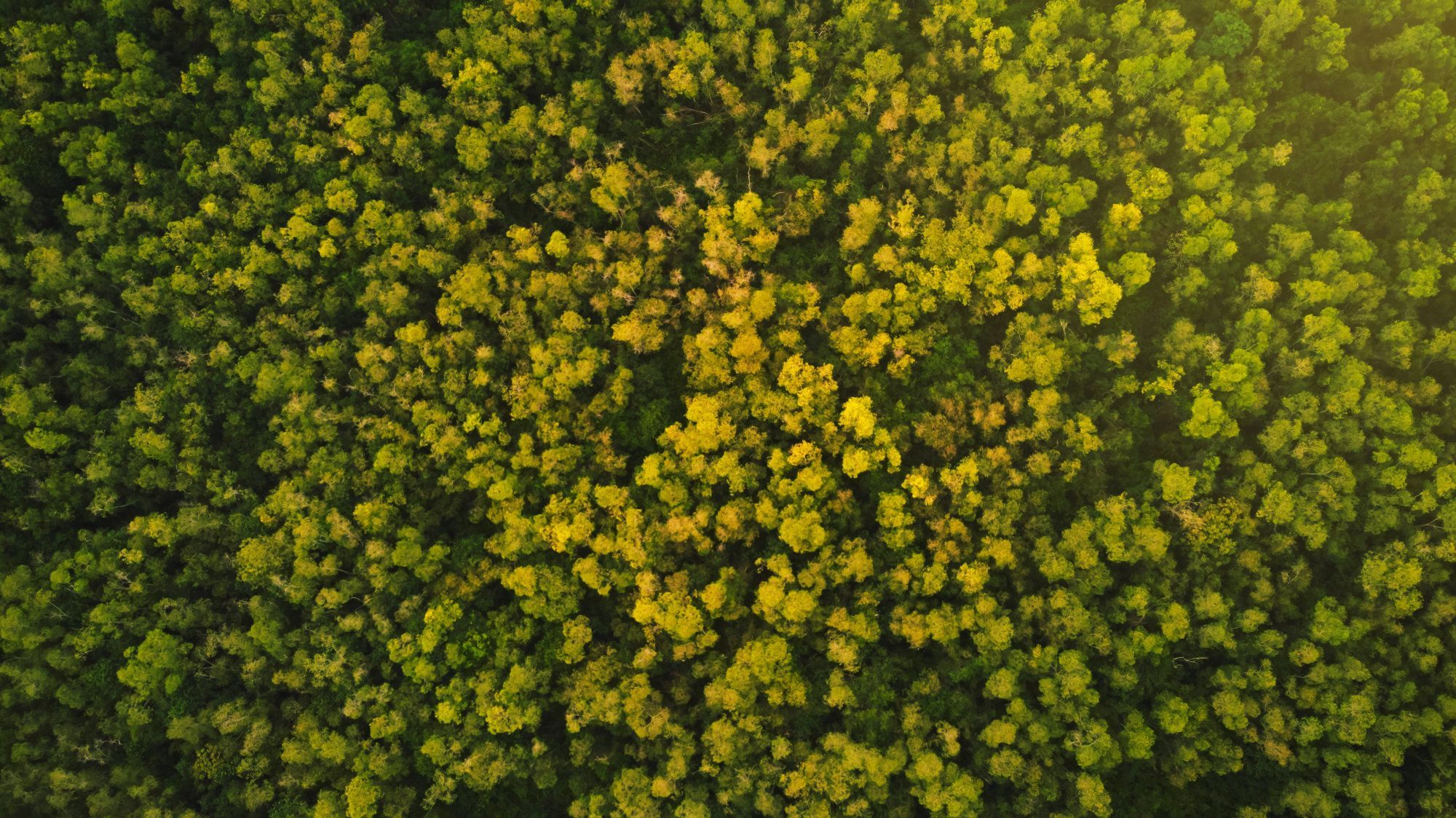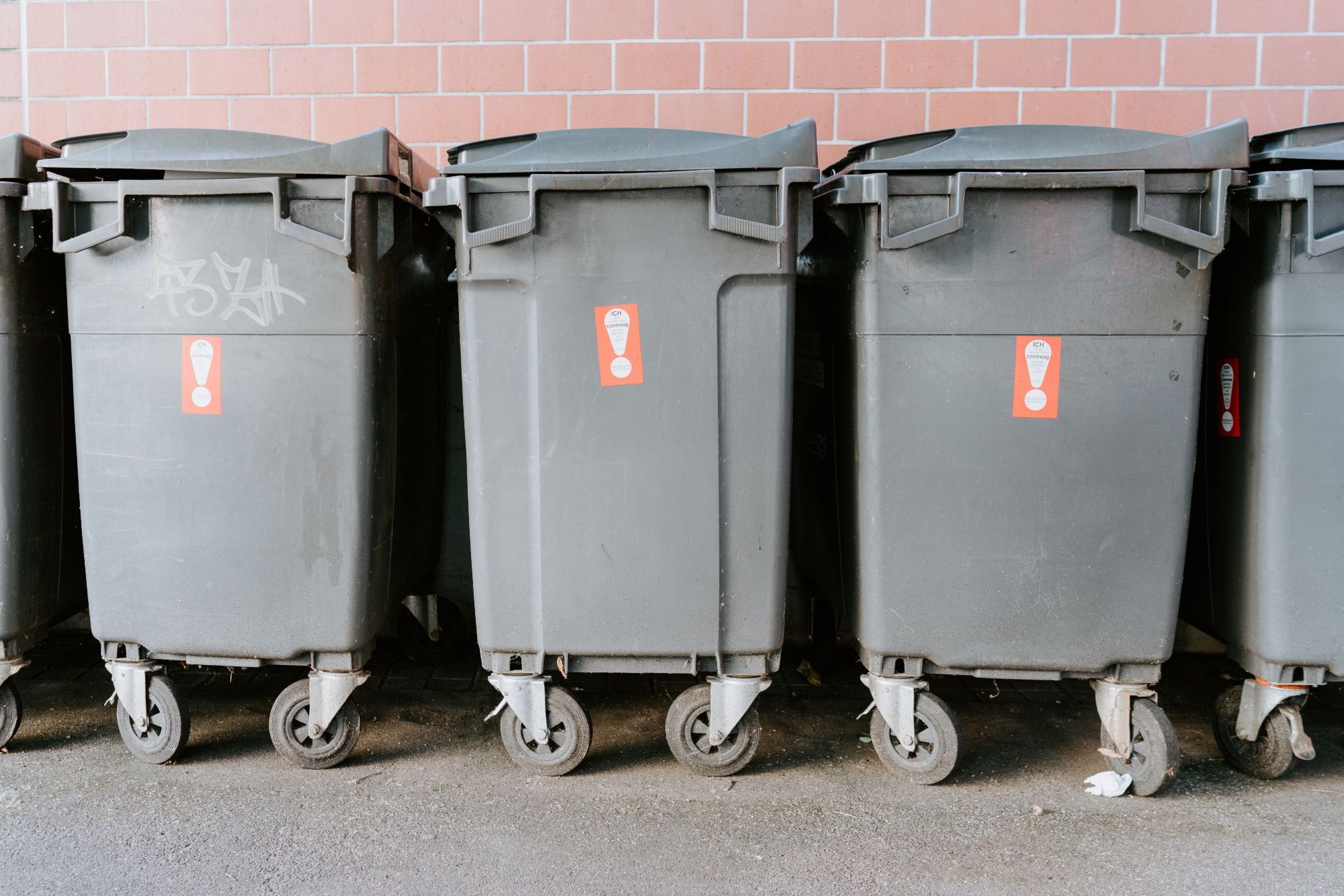10 Examples That Show What a Difference Small Changes Can Make
10 Examples That Show What a Difference Small Changes Can Make.
We Can All Be Difference Makers
The 10 examples below really bring it home; we can all make a significant difference in this world. Even through simple changes like embracing a circular product over a disposable one.
The circular product in question? That would be our Circular Reusable Coffee Cup.
We’ve designed this cup to help you make the biggest difference with the littlest effort. Each circular cup we produce:
- Is made out of 6 discarded single-use cups.
- Is designed for 10 years of use.
- Can be 100% recycled into a new circular cup 6 times. (Meaning 60 years of total use per cup)
- Can be mixed with fresh recycled material after this initial 60 years to make even more reusable cups.
Simply by picking up your daily dose of the hot stuff in our cup instead of a single-life product, you can reduce your carbon footprint, limit pollution, and consume less raw materials.
2 million people have already made the switch in the 4 years we’ve been selling our circular cup. Which means roughly 12 million disposable cups have been diverted from landfill, incineration, or polluting the planet already!
And that’s only counting the discarded cups we used to make our reusables. Really, the positive impact is much higher. We hope the examples below will convince you to join us in expanding this positive impact even further.
10 Examples of (Potential) Impact
The truth is, one person can make a difference. So when we get the people around us involved, that difference can become very significant indeed. Just look at all the weird and wonderful things we can achieve.
*See below to learn about how these examples were calculated.
1. One Whole Year Being a Fully Grown Tree
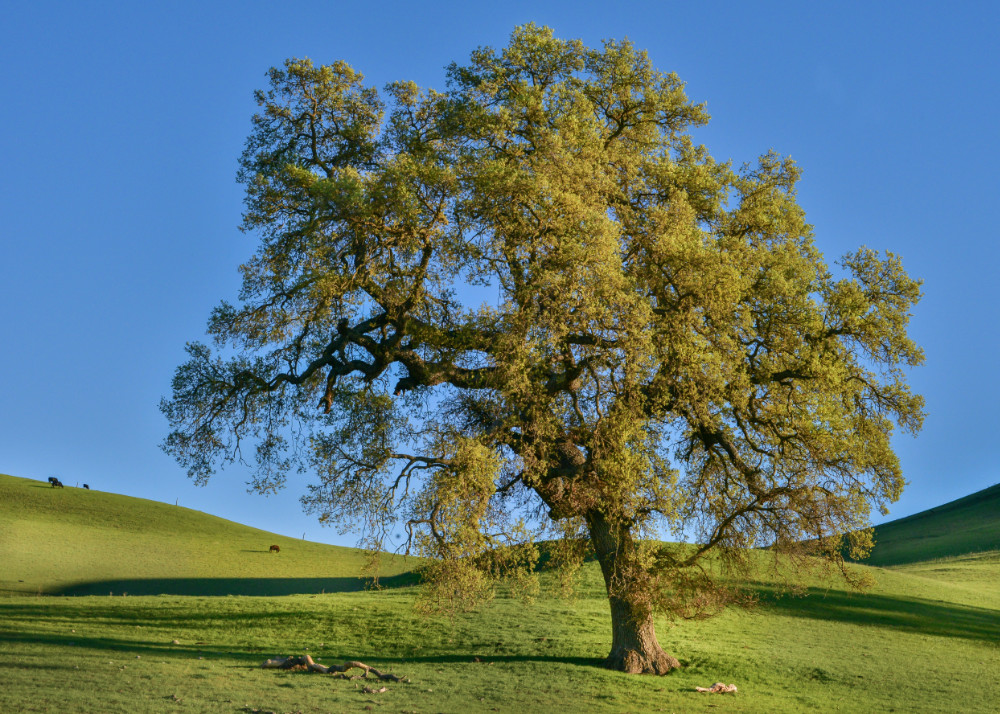
Ever wanted to become a fully grown tree for a year? (Yeah, us too!)
Well, maybe you can do just that! All you’ve got to do is get yourself one of our circular cups, and use it for the full 10 years it’s designed to last. Instead of using disposable cups of course.
Based on UK averages, this would reduce your carbon footprint by about 21.12kg. Which is roughly the same amount of CO2 a mature tree removes from the atmosphere each year.
2. Four Basketballs Worth of Pollution

Reducing your emissions isn’t the only reason to make the switch to circular coffee cups.
If a family of 5 in the UK decided to make the switch for just a single year, they would prevent 2.5kg of disposable coffee cups from ending up as rubbish. This is slightly more than the combined weight of 4 NBA basketballs. (Not sure if you’ve ever played basketball, but those balls are pretty heavy!)
3. Five Large Beer Kegs Full of Disposable Cups
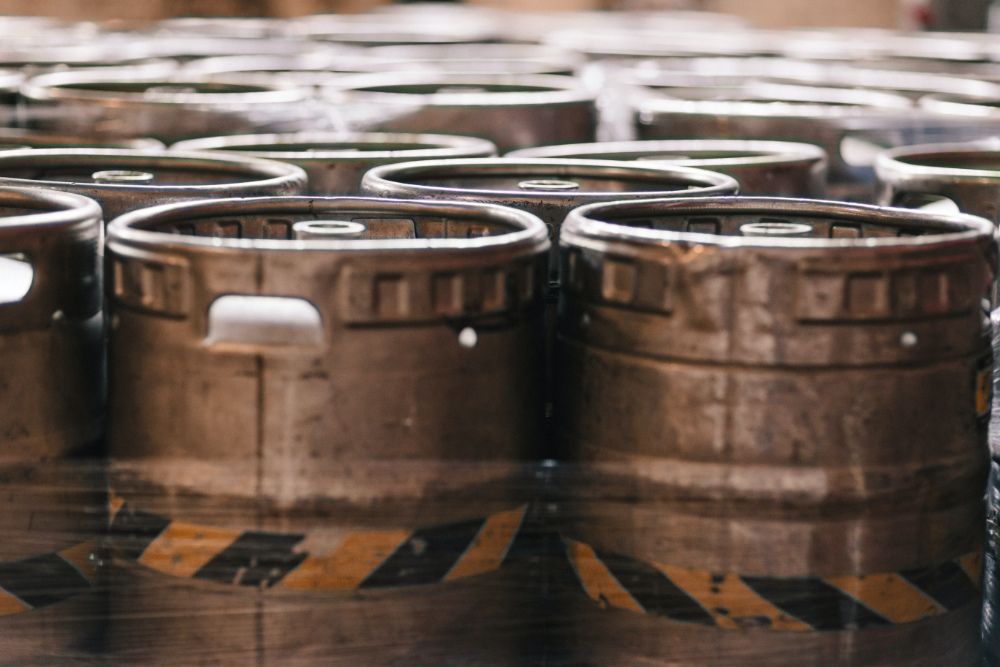
If you somehow managed to convince the starting 11 of your local football team to ditch disposable cups in favour of circular ones, in just one year, they’d be able to fill over 5 large beer kegs with all the disposable cups they’d avoided.
Surely they’d deserve some sort of trophy for that? (As long as it’s designed for circularity of course!)
4. Land’s End to John O’ Groats Over 14.5 Times!

The examples so far have been somewhat impressive, but it’s when we start getting the whole community involved that we really start seeing results.
Let’s imagine you manage to convince 2000 people in your local community to make the switch to the Circular Reusable Coffee Cup or Travel Cup. In just one year, this would reduce their carbon footprint by a collective 3,360kg. This is roughly the same amount of CO2 you’d emit by driving a medium-sized diesel car from Land’s End to John O’ Groats over 14.5 times!
For anyone who might not know, that means driving from the very bottom of England, to the most northerly point of Scotland.
5. Nearly Two and a Half Giant Panda’s Weight in Rubbish

You might not believe it, but when it comes to having a positive collective impact on the environment, even the politicians can get involved!
If all 650 MPs in the House of Commons were to make the circular switch for just a year, they could prevent 325kg worth of disposable coffee cups from becoming rubbish. This is nearly equivalent to what 2 and a half fully-grown male Giant Pandas weigh.
6. Two and a Half Olympic Swimming Pools Full of Disposable Cups

The UK is a busy place. Lots of people coming, lots of people going.
But if the people who pass through Heathrow airport on just a single average day all switched to circular coffee cups or travel mugs for a year, over 2 and a half Olympic swimming pools full of disposable cups could be saved. That’s roughly 6,078 cubic metres of disposable coffee cups!
7. Eight Fully Grown Humpback Whales of Pollution

Here at Circular&Co. we’re based in Cornwall in the south of England. It’s a truly beautiful place, but we know it could be more beautiful. If everybody in Cornwall used our Circular Reusable Coffee Cup instead of disposables for a year, it would be!
If that happened, 282,984kg of coffee cup-shaped pollution would be avoided. Now that is a whole lot of disposable coffee cups considering their weight.
It’s also nearly equivalent to the average weight of 8 fully grown humpback whales. As we’re based by the sea, we can’t tell you how much it would mean to us to remove that much pollution from the ocean.
8. Over 152,000 Fully Grown Trees Worth of Clean Air

As we mentioned before, since we started selling the Circular Reusable Coffee Cup 4 years ago, we have sold over 2 million cups. Preventing about 12 million disposable cups from ending up in the landfill, incineration, or as pollution.
And if the 2 million wonderful folks who bought our cups have used them instead of disposables for just 1 year, it means about 3,360,000kg of carbon emissions have been avoided. This is about the same amount of CO2 that 152,727 fully grown trees would remove from the atmosphere in a year.
Safe to say, we are very proud of these numbers so far. But you can help us make them even better!
9. 850,000,000 Lightbulbs

So we’ve seen that even one person can have a significant impact over time by making a simple change. And when we get families, communities, and whole counties involved, that impact really does start to make a difference.
But what if we could convince just 1 in 10 people in the UK to make the switch to circular cups? And to use the cups for the full 10 years we’ve designed them to last.
Doesn’t that actually sound feasible? And what would that look like?
Well, if this were to happen, it would prevent 29,630,190kg of disposable coffee cups from ending up as waste. This is roughly equivalent to the weight of 850,000,000 standard 60-watt lightbulbs!
If that doesn’t make a lightbulb go off in your head, we’re not sure what will!
10. 181 Royal Albert Halls Full of Coffee Cups
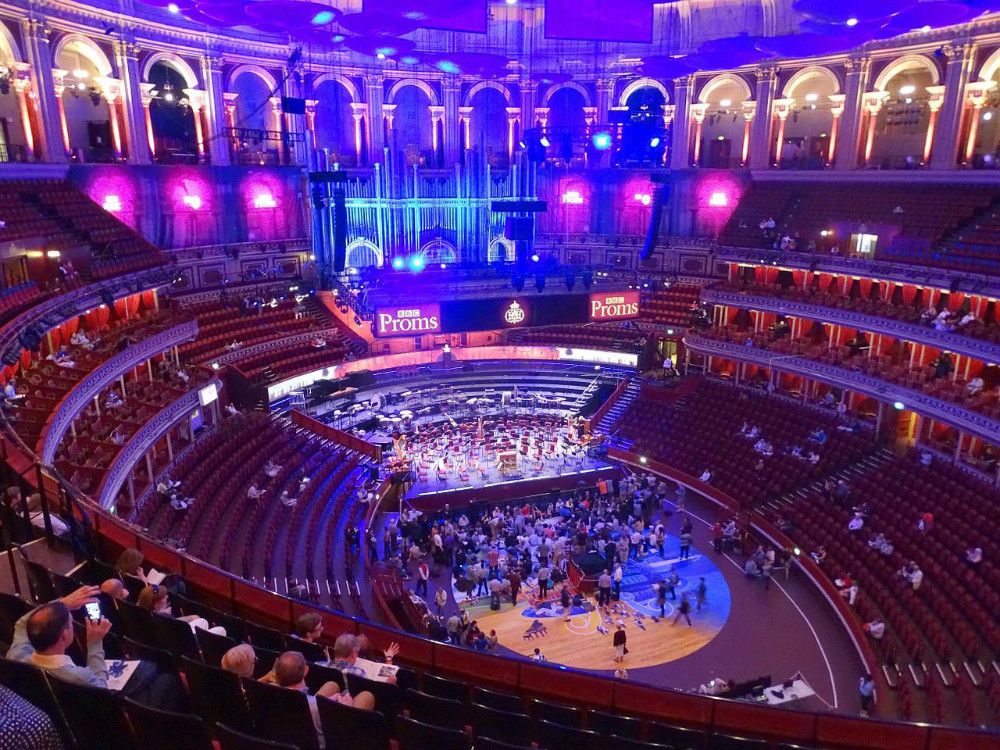
And what if a lightbulb went off in everyone’s head? What if every single person in the UK switched from disposable cups to our Circular Reusable Coffee Cup? For the full 10 years it’s designed to last?
Amazingly, if people in the UK did decide to ditch disposable cups for 10 years, you could pack 15,738,900 cubic meters full with the cups that would go unused. That’s enough space to fill up the Royal Albert Hall over 181 times!
That is an absolutely humongous pile of disposable coffee cups. And all of these cups will end up in our landfills, oceans, rivers, or incinerated into our atmosphere if we don’t make this kind of change.
It’s such a simple thing to do; join our Circular Mission and use a circular reusable instead of a disposable. And if we all do it, over time, the difference we can make together really is astounding.
How We Calculated These Examples
Here are the stats and figures we used to calculate these examples. If you choose to make the calculations yourself, we’re pretty sure they will add up!:
- People in the UK get through at least 2.5 billion disposable coffee cups each year. And only 2.8% of these are recycled.
- This means that, as the UK has an estimated population of about 68.43m people, every single person in the UK on average uses roughly 35.5 — never to be recycled — disposable coffee cups a year. Or roughly, 0.1 coffee cups each day. (This is the figure we used when describing the impact 1, 5, 11 etc people can have by making the switch.)
- An average disposable coffee cup has a carbon footprint equivalent to up to 60.9 grams of carbon dioxide.
- Our Circular Reusable Coffee Cup has a carbon footprint of 480 grams.
- An average 12oz cup weighs 12 grams. (12oz is your standard medium-sized coffee)
- You can fit roughly 1300 disposable cups into one cubic metre. (We actually tried this before, and when you randomly throw disposable coffee cups into a container that’s exactly one cubic metre in volume, you can fit about 1300 in there.)
Play Your Part in Making a Difference
Designed for 10 years of use and backed by our 2 year guarantee, you can rest assured when purchasing one of our cups. Then after your 10 years of use, we will take your cup back and give the materials their next lease of life. Not to mention we will also give you a 40% discount for playing your part in accelerating the transition to a circular economy!
Now you have seen the difference we can make by introducing Circular living across the UK, start playing your part today. Start your circular journey with the best sustainable coffee cups and travel mugs.
Reusable Coffee Cups
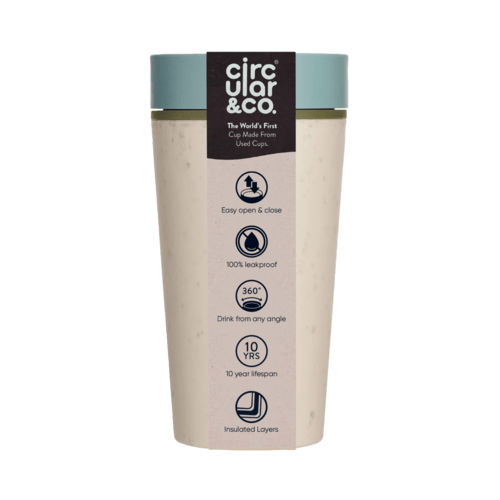
Reusable Water Bottles

